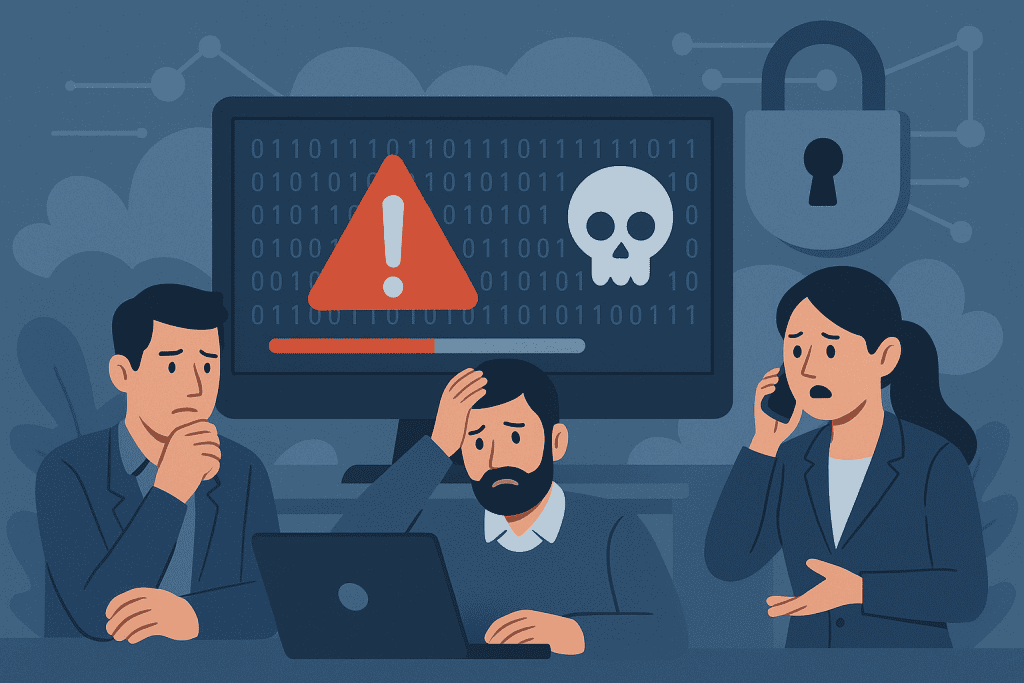
In today’s hyper‑connected world, the integrity of digital systems is paramount—not just for businesses, but for every individual whose personal data resides in them. Internationally recognised ISO information security standards, such as ISO 27001, provide a structured framework for protecting this critical data. They set out clear requirements for risk assessments, incident response, access control, and continual improvement—ensuring organisations guard against threats methodically, not haphazardly.
Australia’s corporate landscape offers stark reminders of what happens when security gaps emerge—even among trusted brands.
Just last month, Qantas confirmed a major breach affecting about 5.7 million customers. Data such as phone numbers, birth dates, home addresses (for over a million individuals), and names and email addresses (for around four million more) were exposed via a third‑party call centre system. Although financial or passport data was not compromised, experts stressed that even basic personal identifiers pose a high risk for identity theft and downstream fraud.(7NEWS, Reuters)
Similarly, iiNet, part of TPG Telecom, suffered a cyber‑incident on 19 August 2025 that exposed the personal information of approximately 280,000 customers. Leaked data included email addresses, landline numbers, usernames, street addresses, and modem setup passwords—all stemming from misuse of stolen employee credentials.(News.com.au) Even SME businesses aren’t immune.
The fashion retailer SABO had a massive 292 GB unencrypted database publicly accessible, containing over 3.5 million PDF documents with names, addresses, phone numbers, email addresses, and order details dating back a decade.(TechRadar) Across industries, such breaches repeatedly show how:
- Comprehensive risk management and access control (core components of ISO 27001) could prevent misuse of stolen credentials or insecure system configurations.
- Encryption and data minimisation—also prescribed by ISO—would make leaks like SABO’s far less damaging.
- Structured incident response plans ensure expedient detection, containment, and communication—key in all the above breaches.
As Australian data breach notifications surged to their highest levels in years—both in volume and scale—ISO’s disciplined approach can be the difference between resignation and resilience.(The Cyber Express, The Cyber Express)
ISO-27001 isn’t just paperwork—it’s a tested blueprint for protecting data, reducing breach impact, and responding swiftly when crises strike. Real-world Australian incidents make that academic framework feel suddenly—and painfully—concrete.

Recent Comments